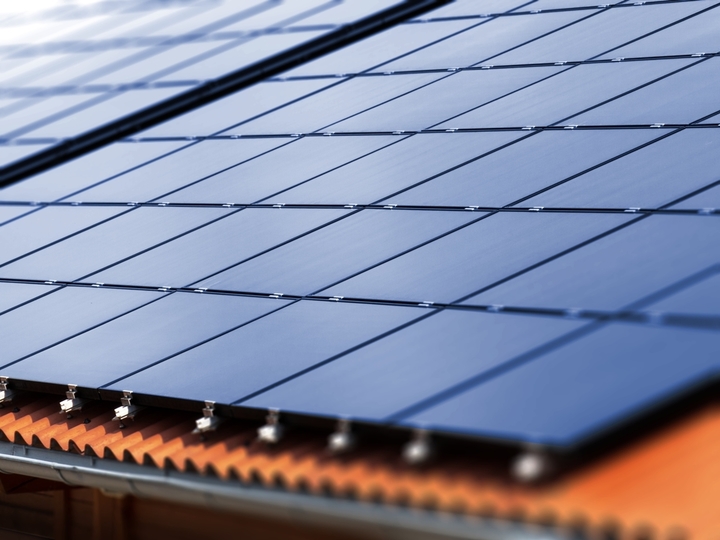On Thursday, Scientific American’s Brian Kahn gushed over the “largest solar farm in the world,” a facility in China that can generate 850 megawatts of electricity from “over 10 square miles of the high desert landscape.” That’s quite a land grab.
Kahn adds that the solar plant can “power roughly 140,000 U.S. homes,” and touts China’s “massive renewable energy revolution.”
The only problem with Kahn’s glowing praise? A natural gas facility in California is producing about as much electricity (800 megawatts) with less than one percent of the land required for China’s solar plant.
The 800MW CPV Sentinel (CPVS) energy project is a natural gas power plant built in Riverside County, California, US.
Spread over 37 acres, the project is designed to serve as a steady source of renewable energy.
What’s more the project “is enough to protect 640,000 homes of Coachella Valley and Los Angeles Basin from power blackouts.”
Thirty-seven acres of land versus 10 square miles of land to produce a similar amount of power. Is that even a contest?

